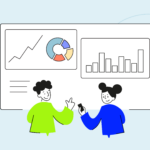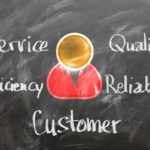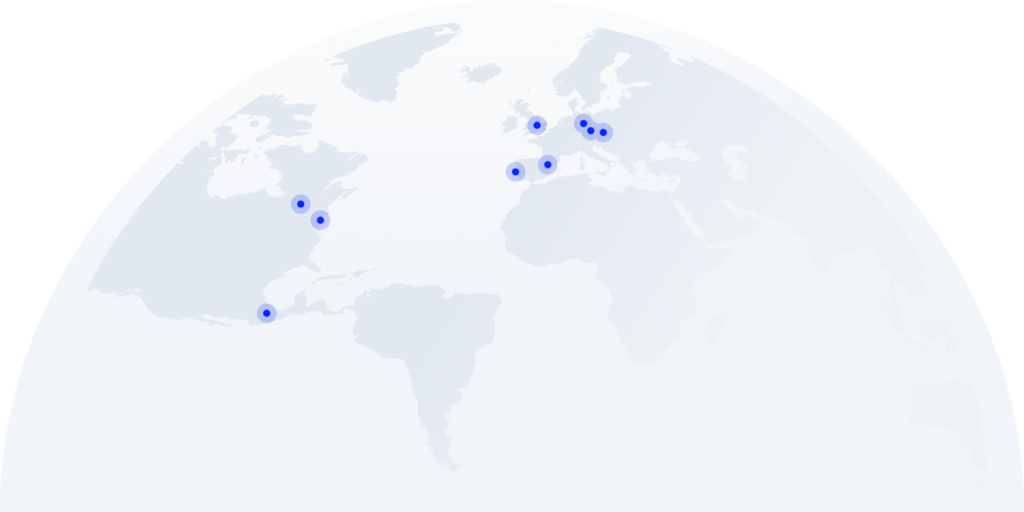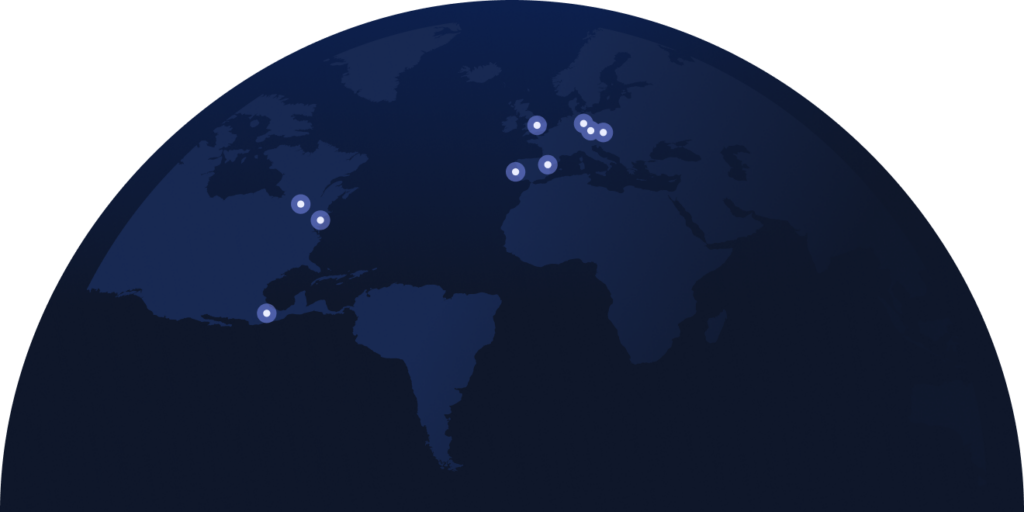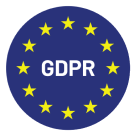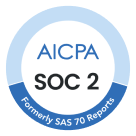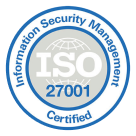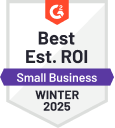What Is an Outbound Call Center? A Complete Overview
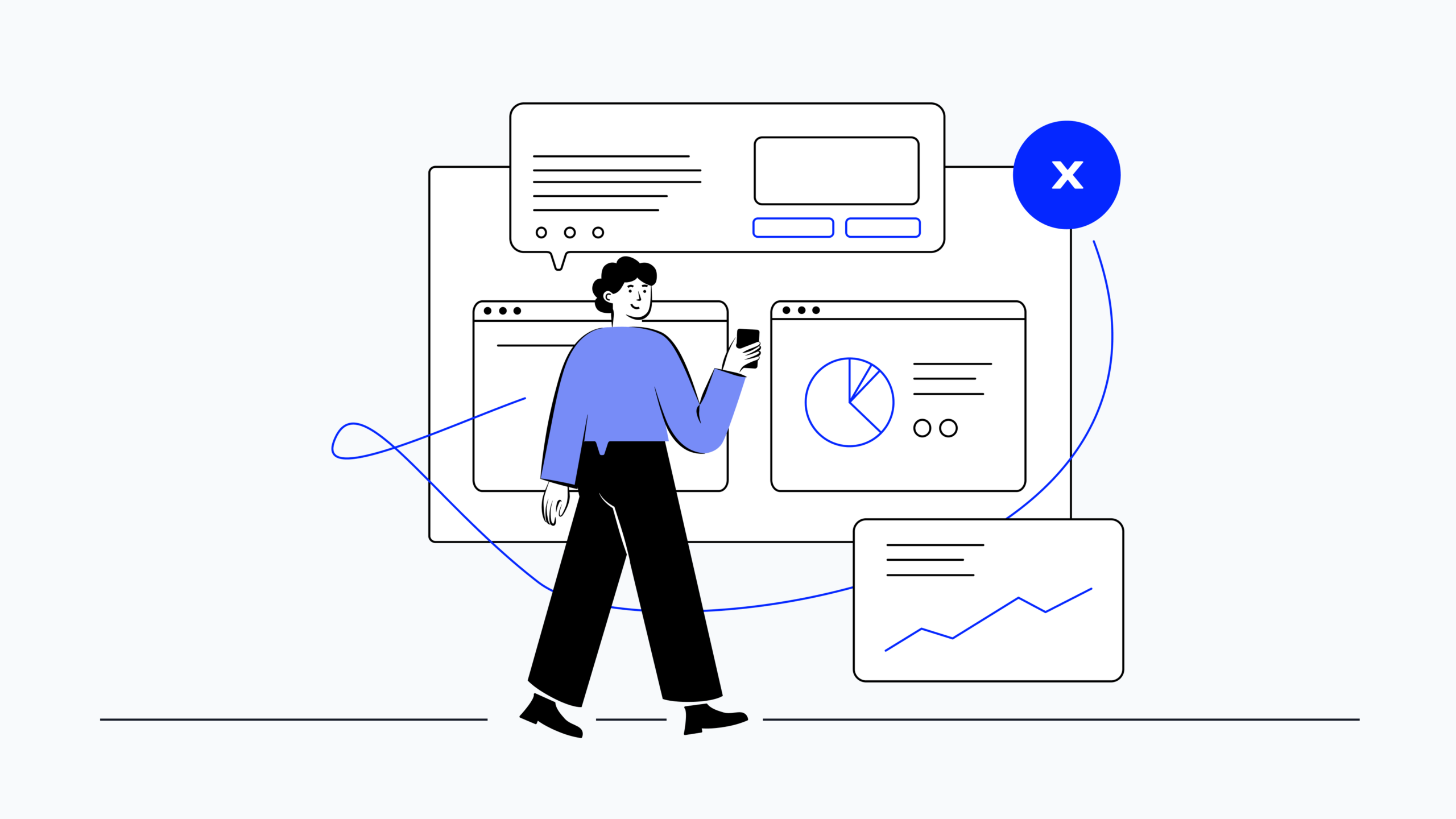
Jordan Belfort stands before his team, energy crackling through the room. “Pick up the phone and start dialing!” he shouts, pushing his brokers to keep making calls, no matter the rejections. This scene from The Wolf of Wall Street captures the relentless, high-pressure world of traditional outbound calling.
However, this old-school approach doesn’t reflect today’s outbound calling landscape. Nowadays, you don’t need to dial manually or be physically present in the office, and you can be even more efficient. Moreover, 82% of buyers accept meetings with proactive sales reps, showing that outbound calling can be effective and rewarding with the right strategy and tools.
In this article, we’ll dive into the definition of an outbound call center, how it works, and why it’s so important in today’s competitive market. Ready to uncover the secrets behind successful outbound calling? Keep reading.
Key Takeaways:
- An outbound call center proactively reaches out to potential or existing customers for sales, surveys, or debt collection, improving business engagement.
- Outbound call centers drive growth by maximizing customer satisfaction, accelerating revenue, and boosting agent productivity through automation and personalization.
- Key features include power dialers, CRM integration, call monitoring, virtual caller ID, and smart dialing, which enhance efficiency and customer interaction.
- Outbound call centers include types such as sales-driven, lead generation, market research, and collections, each playing a key role in business growth.
- Outbound call center success depends on strategic planning, agent training, efficient data management, and post-call analysis, with technology optimizing performance and outcomes.
Boost Your Outbound Sales With Smarter Calls
What is an Outbound Call Center?
An outbound call center is a business operation that makes phone calls to potential or existing customers, rather than receiving them, as is the case with inbound call centers. Businesses use these centers for many purposes, such as generating sales, conducting surveys, gathering data, or collecting debts.
Imagine a telecommunications company launching a new mobile plan offer. Instead of waiting for customers to come to them, an outbound call center proactively calls potential customers to offer the latest promotion, explain the benefits, and try to close a sale.
Outbound call center software is essential for enhancing the efficiency of outbound calling operations. It automates dialing, tracks performance, and organizes customer data, speeding up calls, reducing wait times, and increasing agent productivity.
Inbound vs. Outbound Call Centers: Key Differences
While both inbound and outbound call centers involve direct communication with customers to create positive experiences, their main goals differ. Outbound centers make calls for sales or follow-ups, while inbound centers handle customer inquiries. Together, they create a more effective communication strategy.
Here’s a quick comparison of their key differences:
Aspect
Outbound Call Center
Inbound Call Center
Key Focus
Make outgoing calls to customers or prospects, focusing on sales, lead generation, surveys, follow-ups, or marketing campaigns
Handle incoming calls initiated by customers, focusing on customer service, technical support, complaint resolution, or product inquiries
Interaction Style
Proactive approach—agents initiate contact with customers, requiring persuasive communication
Reactive approach—agents respond to customer needs or issues, with customers calling with a specific purpose or interest
Typical Activities
Sales, surveys, data collection, debt recovery
Customer support, inquiries, order processing
Goals
Achieve sales targets, generate leads, conduct market research, and increase revenue
Prioritize customer satisfaction, relationship building, and problem resolution to enhance loyalty and brand alignment
Agent Skills
Strong persuasion skills, adaptability, and the ability to handle rejection while maintaining professionalism
Empathy, patience, and the ability to resolve complaints or technical issues quickly
Technology
Use Power Dialers, campaign management software, and CRM integration for optimized calling efficiency
Use features like IVR, Call Recording, and CRM integration for efficient call routing and personalized service
Common Use Cases
Marketing, lead generation, follow-up calls
Customer service, technical support, helpdesk
Inbound vs. Outbound: Which Call Center Suits You?
Why Outbound Call Centers Are Essential for Business Growth
A recent survey revealed that 87%2 of respondents felt more confident making complex purchases when they could speak to someone on the phone to answer their questions. This highlights the importance of outbound calling in building trust and guiding customers through the decision-making process.
Here are the key reasons why outbound call centers are essential for business success:
Maximize Customer Satisfaction Through Personalization
John purchased car insurance. A few days later, Sarah, an agent from the insurance company’s outbound call center, reached out to him. She confirmed that his policy had been received, answered any questions he had, and provided recommendations based on his car usage. Noticing that John had teenage children, Sarah also suggested additional coverage for young drivers.
This personalized interaction, which is difficult to achieve through other channels, significantly enhanced John’s experience by anticipating his needs and offering relevant solutions. In fact, a study by Accenture found that 91% of consumers are more likely to shop with brands that provide relevant recommendations and offers.
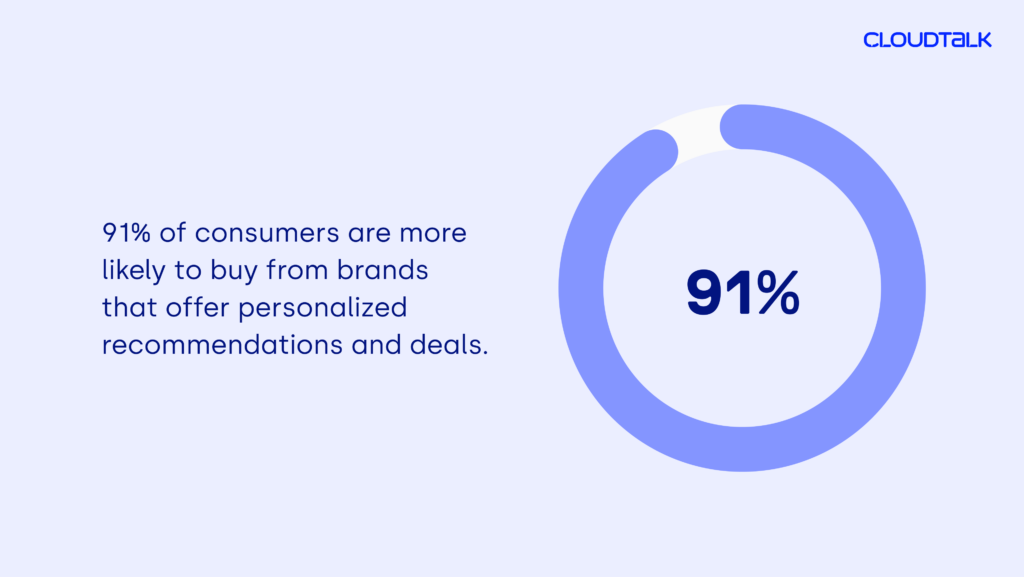
Accelerate Revenue Growth by Taking Action
Jake, an agent at an outbound sales call center, calls Mark, who had abandoned his shopping cart in an online sports store. Jake asks if there was a problem and offers a special discount with free shipping if Mark completes his purchase. Mark accepts the offer and finishes the sale, turning a lost opportunity into a sale.
This is just one way an outbound call center can increase revenue. By reaching out to potential customers instead of waiting for them to call, outbound agents can offer products, recover lost sales, and take advantage of opportunities that might otherwise be missed.
Bringing this into perspective, 62% of prospects looking for solutions prefer to be contacted by sales representatives, highlighting the power of proactive outreach in driving successful sales when done effectively.
Boost Agent Productivity with the Right Tools
An outbound call center can increase agent productivity with the right call center software and tools. Call center software enhances agent productivity by providing tools that eliminate manual tasks, allowing agents to focus on productive conversations and selling.
For example, the Smart Dialer boosts agent productivity by automating and optimizing the dialing process. Instead of manually dialing numbers one by one, the Smart Dialer automatically identifies available numbers from a website, CRM, or Helpdesk, and dials them for agents. This allows agents to focus on speaking with customers and prospects, rather than wasting time on manual dialing.
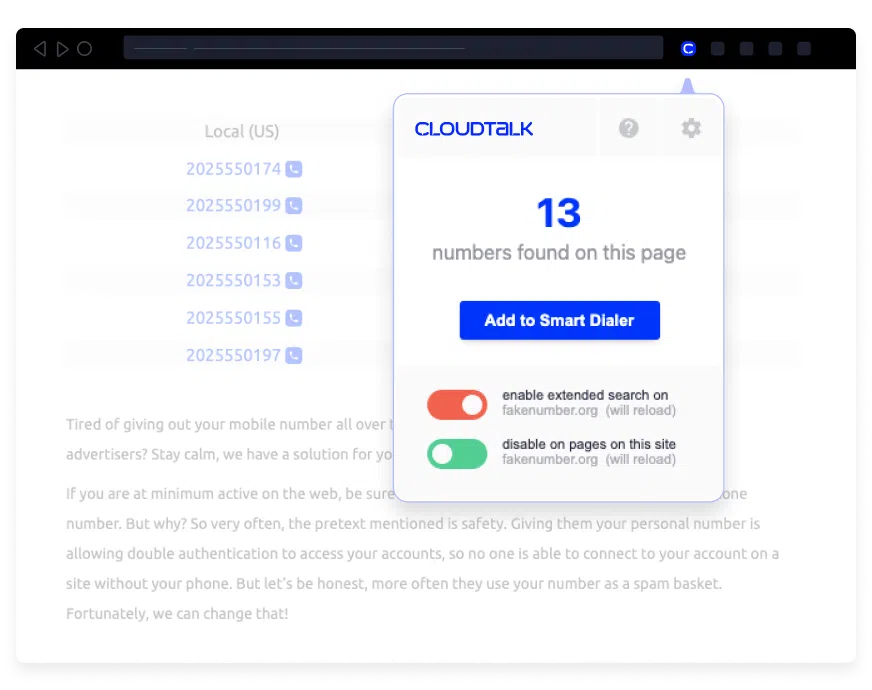
Improve Results with Strategic Analysis
Outbound calls provide direct feedback from customers, offering a clearer understanding of their needs, concerns, and expectations. This insight helps adjust marketing, sales, and product development strategies.
Moreover, outbound call centers can analyze calls to track performance, spot trends, and evaluate customer sentiment. These insights enable real-time adjustments to messaging, quicker issue resolution, and more effective campaign strategies, ultimately driving better results and enhancing outreach efforts.
Close Deals Faster with Smart Outbound Calls
How Does an Outbound Call Center Work?
You need to follow a clear and structured approach to make your outbound call center work at its best:
#1 Strategic Campaign Planning and Segmentation
In this phase, it’s essential to define clear goals, such as lead generation, direct sales, customer surveys, or follow-ups. These goals should align with your overall business strategy and customer needs.
Once set, you need to segment your target audience. With tools like CloudTalk’s campaign feature, you can create tailored contact lists and adjust your approach to different customer groups for more effective outreach.
#2 Agent Training and Development
Training your agents is critical to ensure that they handle customer interactions effectively. Well-trained agents can improve customer satisfaction, increase sales, and build long-term relationships.
Tools like Call Recording can help in this phase by allowing managers to review conversations, identify areas for improvement, and provide real-time feedback. This enables agents to learn from their interactions, refine their approach, and continuously improve their skills.
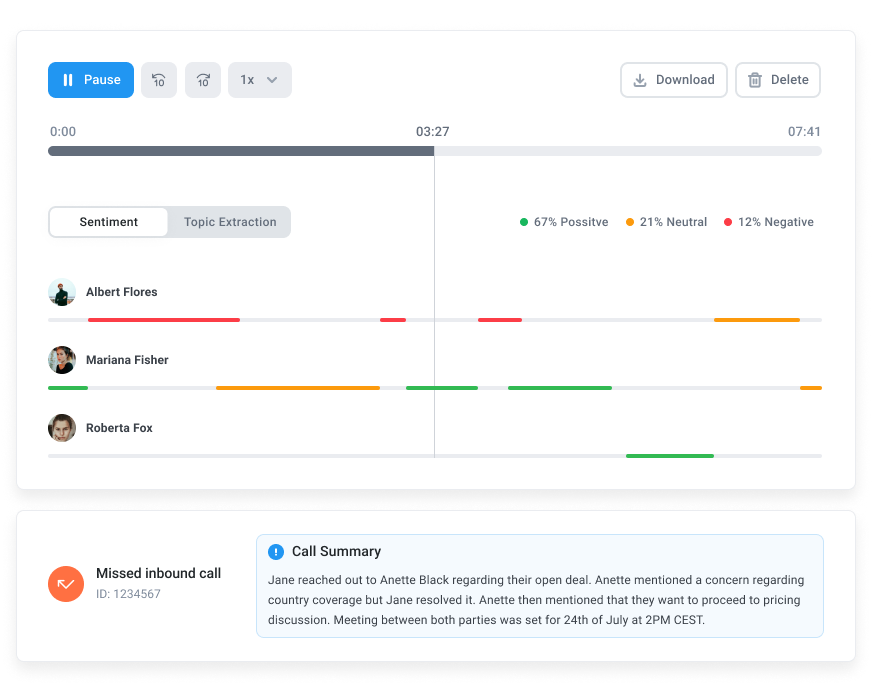
#3 Call Execution Optimization
In the call execution phase, outbound call management is crucial for efficiency. Making more calls in less time is essential as it directly impacts the efficiency and success of outbound calling efforts. The more calls agents make, the higher the chance of reaching and converting potential customers.
Using an automatic dialer greatly simplifies and eliminates manual dialing, automatically dialing the next number as soon as an agent finishes a call, reducing idle time. ensuring agents spend more time interacting with customers rather than waiting between calls.
Discover the Future of Conversations
#4 Prospect Data Management
Organizing customer data helps agents tailor their approach to each prospect, ensuring that conversations are relevant and personalized. By having easy access to key information like past interactions, preferences, or previous purchases, agents can address specific needs efficiently.
Using a call center software integrated with CRM allows agents to extract detailed insights about leads, which helps them tailor their interactions for better outcomes and stronger connections. This personalization improves both customer experience and the chances of converting leads.
#5 Post-Call Analysis
Reviewing call outcomes is crucial for improvement because it provides insights into what strategies worked and where adjustments are needed. Analyzing call data helps identify successful approaches that can be replicated and areas where agents may need further training or support.
Tools like AI Call Transcription help simplify post-call analysis by converting voice conversations into text. Managers can quickly review key points, identify trends, and track recurring customer issues. This feature enables more accurate feedback for agents and supports ongoing training and quality control, ensuring continuous improvement in call outcomes.
Types of Outbound Call Centers
There are different types of outbound call centers, each designed to fulfill specific roles in business growth. Below, you can find the main types:
#1 Sales-Driven Outbound Calls
Purpose: Focused on directly selling products or services through persuasive communication to convert leads into customers.
Example: Contacting existing customers to offer a new smartphone plan. For instance, an agent could call a current mobile user, informing them about new, exclusive plans and discounts tailored to their usage needs, which could increase customer satisfaction and boost sales.
#2 Lead Generation Centers
Purpose: Reach out to potential clients to identify and qualify leads, generating interest in a company’s offerings.
Example: A software company reaching out to small businesses to promote a new product. The call might involve explaining the product’s benefits and how it can improve efficiency, with the goal of qualifying them as potential customers.
#3 Market Research and Survey Call Centers
Purpose: Gather valuable data and insights on market trends, customer needs, and preferences.
Example: A tech company conducting surveys about a new fitness product. Agents could ask questions about potential features, the price point, and the target audience’s interests, providing valuable data for product development.
#4 Collections and Debt Recovery Centers
Purpose: Manage and recover outstanding payments from customers with overdue debts.
Example: A bank calling a customer about an overdue loan and repayment options. The agent may offer different plans, such as settling the debt in installments or adjusting the repayment terms, helping both the customer and the bank resolve the issue efficiently.
Examples of Outbound Call Centers
Outbound call centers play a crucial role across many industries, delivering significant impact by driving sales, generating leads, and fostering customer engagement. Here are some examples of outbound call centers and their key purposes:
- Telesales: Focus on directly selling products or services to potential customers, converting leads into sales through persuasive communication.
- Telemarketing: An outbound telemarketing call center promotes products, services, or events to a broad audience, often conducting surveys or offering information about sales or new products.
- Lead Generation: Identify and qualify potential customers by gathering information and passing qualified leads to the sales team for further nurturing.
- Appointment Setting: Schedule meetings or consultations between potential customers and sales representatives or consultants to move the sales process forward.
- Customer Retention: Reach out to past or existing customers to encourage repeat purchases or re-engage their interest in the company’s products or services.
Key Features of Outbound Call Center Software
Imagine outbound call center software as the engine of a car. The journey can be slow and inefficient without the right components working together. The software’s key features are like the gears and fuel, keeping everything running smoothly and helping your agents reach their destination faster.
Here are the essential features that make outbound call centers more effective:
#1 Power Dialer
A Power Dialer automatically dials phone numbers from call campaigns, eliminating manual dialing and reducing downtime. This helps agents focus more on talking to prospects and less on repetitive tasks.
With this tool, agents can reach up to three times more prospects per day, significantly boosting productivity and improving results. By automating these tasks, businesses can increase the number of calls made, leading to higher conversion rates and greater success in sales and lead generation efforts.
Boost Sales, Lower Costs – Discover Power Dialer Pricing
#2 Smart Dialer
A Smart Dialer allows you to instantly populate call queues with numbers from any website, CRM, or HelpDesk tool, making outbound calls with just one click. It reduces call times by up to 50%, allowing agents to reach far more prospects in less time.
By streamlining the dialing process, it improves efficiency, cuts down on waiting periods, and allows agents to focus on connecting with potential clients, resulting in a more productive and efficient calling experience.
#3 CRM Integration
Integrating your outbound call center software with a CRM system gives agents immediate access to relevant customer information, such as past interactions, preferences, and purchase history. This seamless access allows agents to personalize each call, adjusting their approach based on the customer’s specific needs and history.
As a result, it enhances the overall customer experience, boosts conversion rates, and drives greater satisfaction, improving sales outcomes and fostering stronger customer relationships.
#4 Call Monitoring
Call Monitoring lets supervisors listen to live calls and provide support when necessary. It ensures agents follow proper procedures, deliver quality service, and stay compliant with guidelines.
Additionally, supervisors can offer real-time feedback to help agents improve their communication skills, troubleshoot issues, and enhance overall performance, making it an essential tool for quality control and improvement in outbound call centers.
#5 Virtual Caller ID
Virtual Caller ID allows outbound call centers to use local area codes and familiar numbers, making calls appear more trustworthy.
By masking the caller ID with a familiar number, customers are more likely to answer, which leads to better communication and higher chances of successful interactions. This feature significantly enhances the customer experience and helps agents connect with more prospects efficiently.
Automate Calls & Increase Conversions with Smart Features
Best Practices for Outbound Call Center Success
Achieving success in an outbound call center requires more than just making calls. It involves implementing strategies that improve efficiency, boost agent morale, and enhance customer experiences. Here are some best practices to help your outbound call center thrive and reach its full potential:
#1 Automate Workflows and Use Technology
41% of call center time is spent on repetitive administrative tasks, affecting productivity and team morale. Automation and advanced technology can reduce inefficiencies, allowing agents to focus on meaningful interactions with customers.
TIP
Use Skill-Based Routing to direct calls to the most qualified agents based on skills or availability. This feature helps minimize wait times, enhances the customer experience, and ensures that agents are prepared to handle specific inquiries.
#2 Personalize Calls and Improve Segmentation
Outbound call centers often face the challenge of contacting the wrong people or reaching them at inconvenient times, reducing connection rates and frustrating both agents and customers. The good news is that by personalizing interactions and properly segmenting contact lists you can significantly improve results.
TIP
Use CRM integration to gather relevant customer data and segment contact lists effectively. This allows agents to personalize conversations based on past interactions, improving the relevance of each call and increasing the chances of a successful outcome.
#3 Monitor Performance and Optimize Constantly
Many outbound call centers struggle with monitoring their performance and utilizing data effectively. Without the right tools, it’s easy to make the same mistakes repeatedly, slowing down improvement. Regular evaluations of agent performance and timely adjustments are essential to ensure better outcomes.
TIP
Use dashboards to track key metrics in real-time. This allows managers to quickly identify issues and provide agents with actionable feedback, improving overall efficiency and productivity.
#4 Protect Privacy and Data Security
Improper handling of customer data can result in legal issues and damage your company’s reputation, particularly with strict regulations like GDPR and HIPAA. Maintaining high privacy and security standards is essential to avoid penalties and build customer trust.
TIP
Ensure secure call recording and encrypted data storage, train agents to manage sensitive information with care, and always stay updated on relevant regulations to ensure full compliance.
#5 Motivate Agents and Boost Retention
Studies show that the average turnover rate in outbound call centers can be as high as 30-45%. This is often due to factors like a stressful work environment, low compensation, and a lack of empowerment, which lead to emotional exhaustion and frustration. The repetitive nature of the job and frequent rejections further impact morale and increase operational costs.
TIP
Implementing gamification strategies to reward agents for hitting targets, offering professional development, and recognizing achievements can help improve morale, reduce turnover, and boost productivity.
Improve Outbound Efficiency Without Increasing Workload
In summary, an outbound call center is crucial for boosting sales, recovering lost opportunities, and gathering key insights. With personalized customer outreach, businesses can improve satisfaction, raise conversion rates, and build long-term relationships.
But it doesn’t have to mean more work. With CloudTalk, you can streamline your processes, automate tasks, and enhance productivity without overwhelming your team. Discover how CloudTalk’s AI-driven features and seamless integrations can elevate your outbound calling strategy.
Boost Your Outbound Success with AI-Driven Features
Sources
- 23 Cold Calling Statistics That May Surprise You (2022)
- Invoca Buyer Experience Benchmark Report
- Widening Gap Between Consumer Expectations and Personalization Reality
- Prospecting vs. Lead Generation: Key Differences and Benefits
- What Contact Centres Are Doing Right Now — 2018 Survey
FAQ
What industries typically use outbound call centers?
Industries like finance, healthcare, telecom, retail, automotive, travel, nonprofits, and market research use outbound contact centers for sales, support, and data collection.
How to choose between outbound and inbound call centers?
To choose between outbound and inbound call centers, consider business goals, audience preferences, budget, compliance, customer engagement, and scalability.
How do I set up an outbound call center?
To set up an outbound sales calling center, choose the right software, train staff, define scripts, and establish performance metrics.
How much does an outbound call center software cost?
Outbound call center software costs range from $15 to $300 per agent/month, depending on features, provider, pricing model, and customization needs.
What services and tools are included in an outbound call center solution?
Outbound call center services include lead generation, telesales, surveys, CRM integration, outbound dialers, call monitoring, analytics, scripting, and omnichannel support.
What are the most important outbound call center metrics?
Key outbound call center metrics include call pickup rate, ASR, calls per agent, conversion rate, FCC, speed to lead, AHT, CPA, answering machine detection, abandonment rate.
What is an outbound call center solution?
An outbound call center solution helps businesses optimize outgoing calls with software, hardware, and processes for efficient communication with customers and leads.
What is an outbound call center software?
Outbound call center software helps businesses optimize outgoing calls, enabling sales, marketing, and support agents to contact customers through calls efficiently.
What is outbound calling?
Outbound calling involves reaching customers for lead generation, sales, surveys, updates, or follow-ups, typically initiated by the company, unlike inbound calls.
What are the outbound call center requirements?
To set up an effective outbound call center, invest in cloud-based software, dialers, and a CRM system for automation, productivity, and data management.











